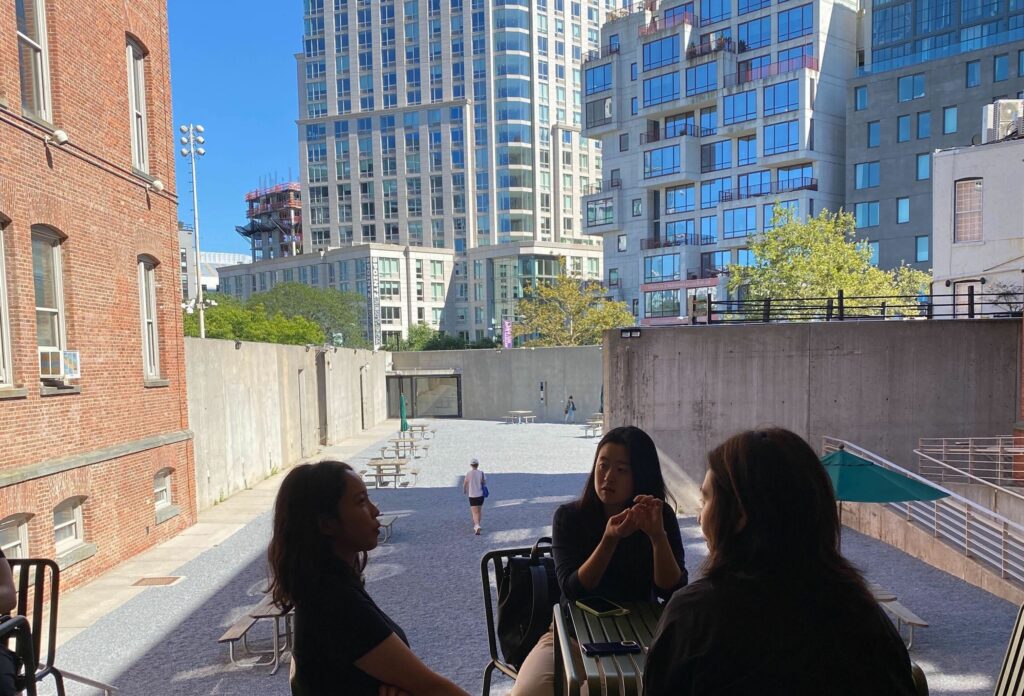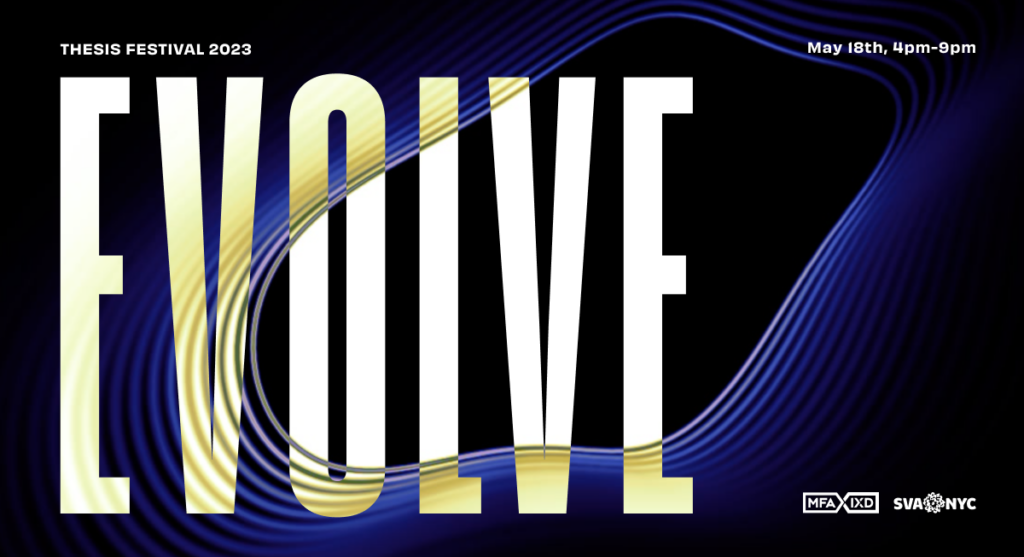Designer, illustrator, writer, and teacher Frank Chimero was Closing Keynote speaker at this year’s Thesis Festival, OPEN IXD. He began with a story of Yellowstone Park’s 1200 troublesome bears:
Since design is frequently framed as problem-solving, and this is an interaction design program—and there is clearly some kind of interaction happening between a man, a bear, a car, and a sandwich—I want to ask everyone: how would you respond to the bear problem? There are two options, he went on to say: The first path is the method chosen by the early rangers at Yellowstone in the 19th century. They had to contend with a similar problem as our bears when wolves were eating the neighboring ranchers’ livestock. (Again, a conflict over who gets to eat what. Animals are not particularly good at observing human rules.) The rangers opted to eliminate what caused the problem and hunted the wolves to the point of near extinction. Problem solved, I guess, but not in the most elegant fashion. And the second way: [Is] a more gentle and time-consuming approach. In the ’70s, the park introduced what they called a “bear management” program. As much as I want this to be about bears in white-collared jobs holding coffee mugs, it is not. The funny thing about the bear management program is that it’s really a people management program. The best way to prevent bear and human brush-ups is to have people behave responsibly: place edibles in bear-proof receptacles, slow down and watch out for bears on the road, and so on. It’s easier to direct and instruct a person than a bear. Why this story? I’m sharing this weird parable about Yellowstone, because it describes both sides of how to approach problems. Some designers want to shoot the wolves, others want to manage the bears. One is trying to make an antidote, the other invests in a process to keep things open and adaptable. … We often mischaracterize design as a practice of problem-solving, as if the problems go away. But closure, at least in my experience, is so rare in design. Therefore: [T]he next time you’re sitting down to work on a design project, ask yourself: what am I being asked to do? Do I need to shoot wolves or manage bears?
Rather than shooting the source of the problem, we are aiming to be the shepherd. Thank you, Frank.
If you missed, it, do read the transript in its entirety!


